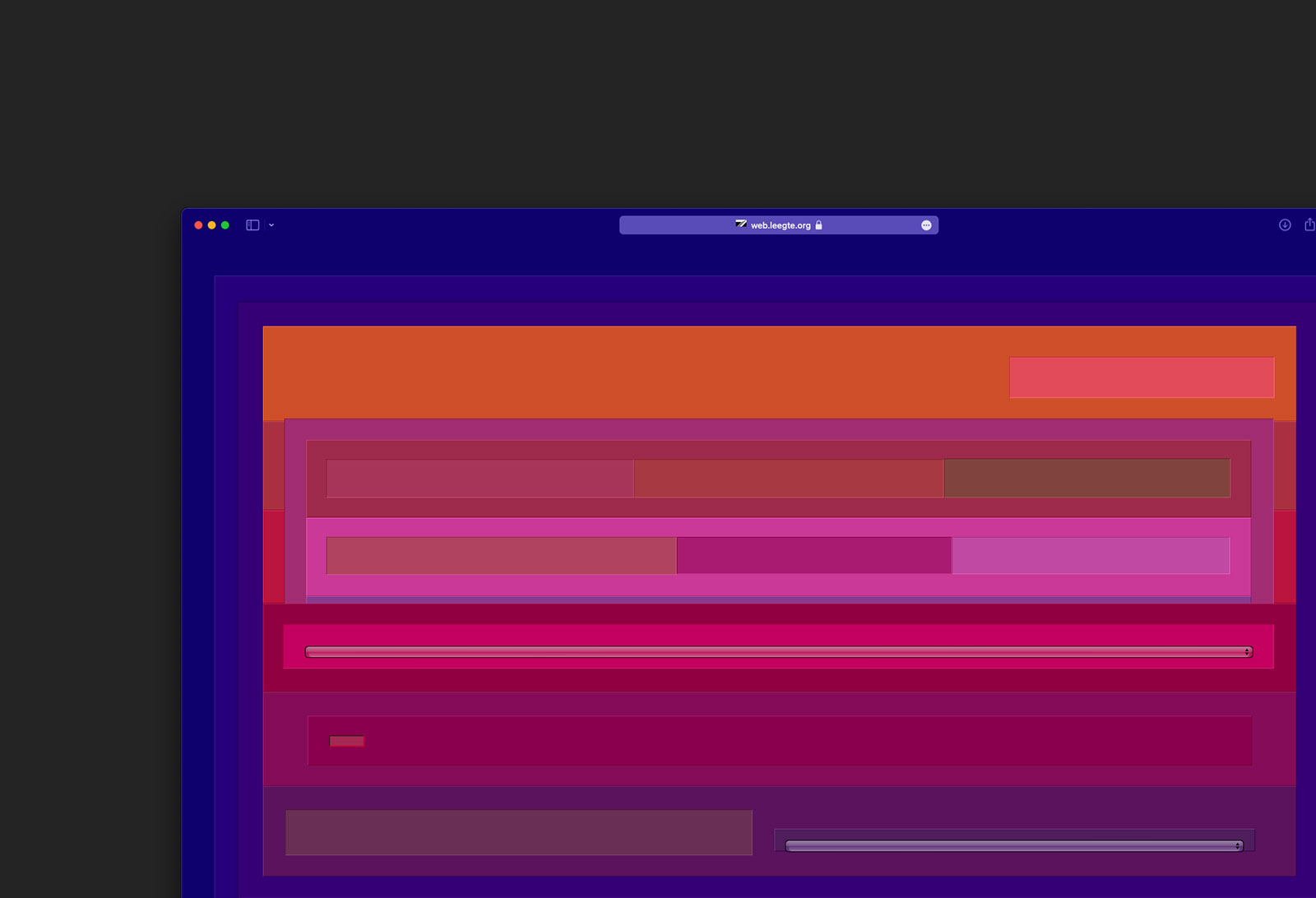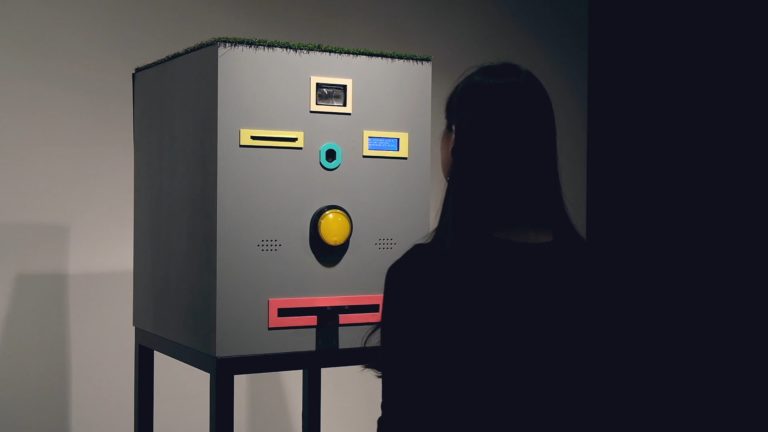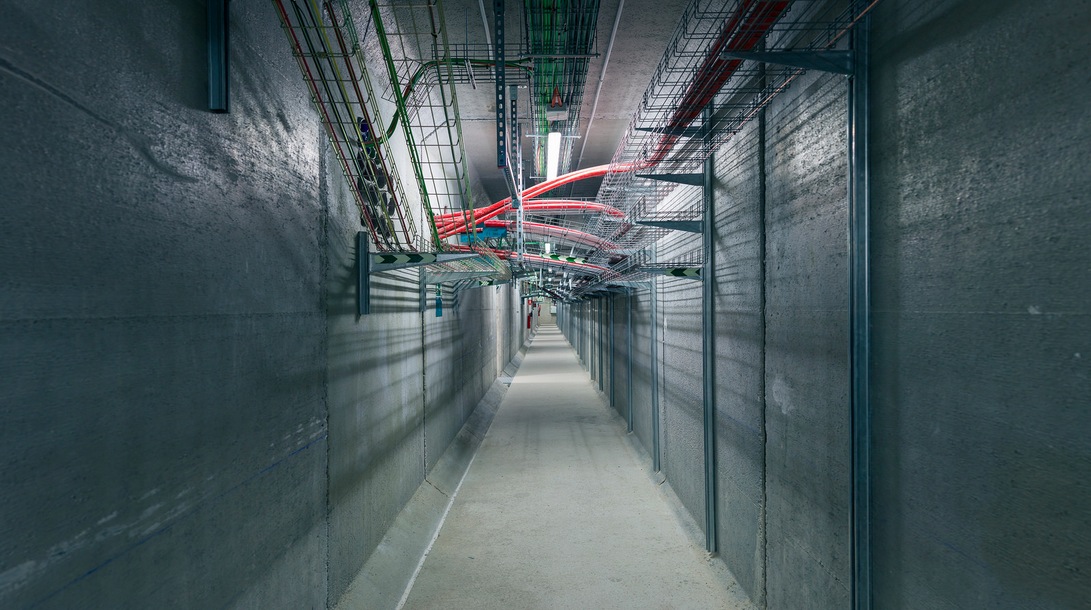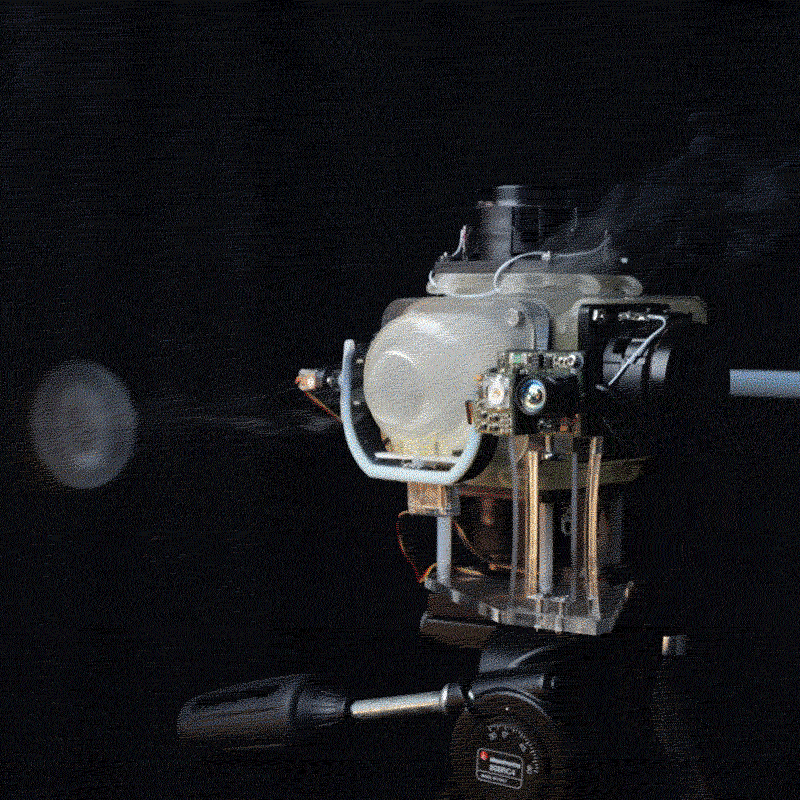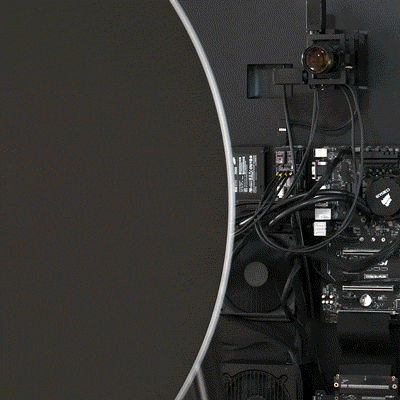Web is a network spawned in the dark, resting within a smart contract waiting to be explored. It is a performance of the Internet itself, a non-linear choreography of a thousand webpages. The pages are expressed as raw HTML structures, empty from content. Some feel vaguely familiar, as if we remember visiting them in the past, some come straight from the depth of the machine.
Web is not a utility, but an expression of the machine. Wandering it suggests a forsaken usage and navigability, but it is just an echo of information architecture crafted with the cold introvert yet careful handling of the machine, leaving you getting lost and walking in circles.
Web is a monument to the hyperlink, a poem dedicated to machine learning and a computer’s dérive within itself.
Jan Robert Leegte
About the work
Web is a fully on-chain generative cross-linked network of 1000 webpages on Ethereum mainnet. All pages and the links between them are generated and form a deterministic universe. Each HTML webpage is unique in color and composition as well as the position within the network. Each page has a unique title which is an anagram of ‘Document’. The favicon is a uniquely generated icon using the color palette of the page. Through triangulating distances between the pages based on their properties, links are generated to pages in proximity. The holistic beauty is that the code that runs in each token contains the DNA of every page and link in the whole network. A single NFT could recreate the whole web.
Users are invited to explore Web. A single webpage is the entry point. The interface includes a map page that will gradually reveal the pages discovered by the public. Also, the interface lets you add bookmarks of pages you find interesting. Over the period of a week, Web can be fully explored by communal effort.
A one hour dutch auction will follow on 20 September 2023. During this hour anyone can mint their favourite page(s). Minting will secure the actual HTML webpage fully on-chain, which is the work. A screen captured thumbnail image will be stored in IPFS for marketplace purposes.

How it began
The first idea of Web originated in 2020 as an angle in Leegte’s work of using AI as an artistic medium. The simple initial thought was to use machine learning to generate linked HTML pages and by this create and populate a machine-made web. By doing this the vacuum that web 2.0 had brought in web 1.0 (so aptly expressed in Constant Dullaart’s The Death of the URL in 2013) would be claimed by the network itself. In the age of AI, with the infinite flow of content on social media, the machine would start to populate the abandoned web.
As a web3 layer, Leegte loved the idea that this invisible machine-generated web could be explored and discovered by users (akin to how newly generated game worlds are explored), who would then have the option to plant a flag and own any of these webpages.
In the same year, he shared the idea with Casper Schipper, who was teaching AI at the Design Art Technology department of ArtEZ Academy of Art & Design, who offered to help him with the AI side. It took another two years before we really started working on it in 2022. Casper had since then joined Superposition, and brought in Bram Bogaerts and Robin Smits to the team.

Technical description
Initially, the idea was to generate HTML/CSS layouts using AI, and so work started with GPT-3 and later ChatGPT to output HTML code. The problem was that ChatGPT only has existing web layouts to work with resulting in really bland output. AI needs occurrence to recognise patterns, therefore it excels at normalisation. Weird experimental expressions are outside of its scope, and the texts of chatGPT are excellent, but not particularly weird. Code, being a utility language to communicate with the logic of the computer, is even more restricted. ChatGPT only knows examples of web layouts and thus can recreate them really well – but generating output that is out of the box is much harder.
To solve this, the team combined many different AI tools, ranging from language and image generation to image analysis, structured data generation based on image and text data and more. Initially they worked on an IPFS stored output of AI api calls, but they weren’t that enthusiastic about the results and didn’t feel happy with IPFS. It was during discussions with the Fingerprints team that the idea came to shift it to a fully on-chain project. At this point Jake Allen joined the team as Solidity developer, whom Leegte knew from working together on Ornament, his genesis drop. To move fully on-chain meant letting go of AI generated content, as it would demand too much data to be uploaded to the tokens, and the team set off creating a fully deterministic generative web inspired by the AI research we had done.






Web uses vanilla JavaScript. As soon as a page is loaded, a “genesis seed” generates the entire set of pages, including unique parameters and aesthetic qualities for each individual one. It then calculates similarities between pages to form links, generating a network in which a path can be found between any two pages. Because the algorithm is deterministic, and the genesis seed is stored in the contract, each page is sure to generate the same network. Finally, the loaded page looks itself up in the generated network and displays itself. In the spirit of permanence, each page is in this way both completely embedded in and completely independent from other pages, giving each a “stem cell” quality. If in the future all but one of these pages is lost, the entire network can be rebuilt from this one page.
Each page from Web has a unique responsive layout that varies in complexity, coverage and color. Pages feature typical web interface elements like (radio) buttons, text inputs, (broken) images and dropdown menus. These elements link to other pages in Web. To make exploring Web easier and allow for bookmarking and minting, a simple UI was added, which also contains a map revealing how much of Web has been discovered.
Exploration & Auction
Web can be explored from September 13, 6pm CEST at → web.leegte.org.
Dutch auction starts September 20, 6pm CEST.
Credits
Artist: Jan Robert Leegte
Coproduction with: Superposition (Casper Schipper, Bram Bogaerts and Robin Smits) / Instagram
Blockchain development: Jake Allen
Publishing house: Fingerprints Studio


